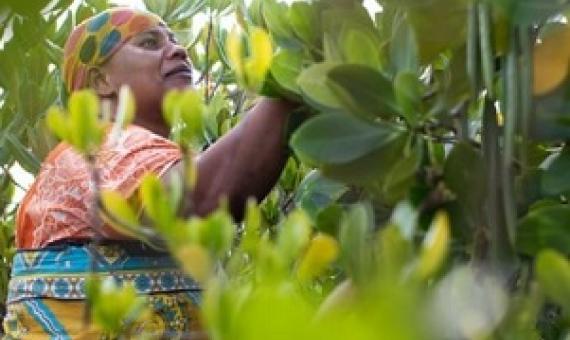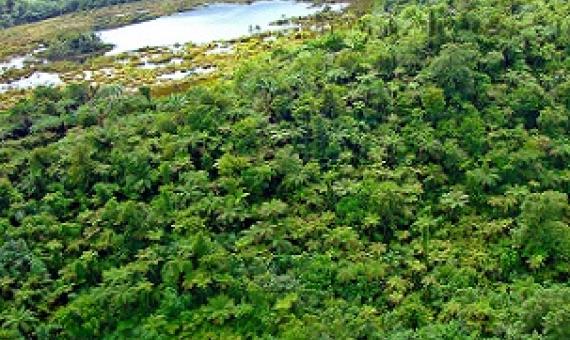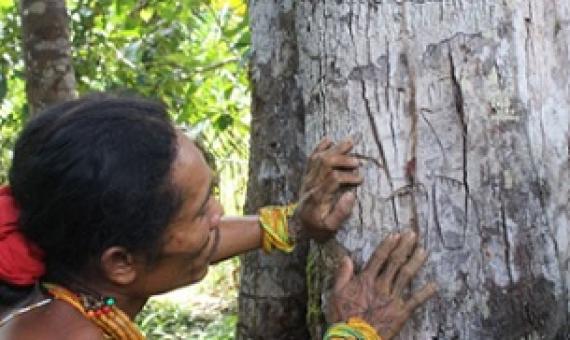United Nations negotiators have begun talks in Nairobi towards reaching a new global pact for protecting nature and wildlife, after a previous round of talks in March failed to make progress.
Gains in biodiversity conservation and ecosystem services from the expansion of the planet’s protected areas
Protected areas safeguard biodiversity, ensure ecosystem functioning, and deliver ecosystem services to communities. However, only ~16% of the world’s land area is under some form of protection, prompting international calls to protect at least 30% by 2030. We modeled the outcomes of achieving this 30 × 30 target for terrestrial biodiversity conservation, climate change mitigation, and nutrient regulation.
Best Practice in Delivering the 30x30 Target
This guidance document identifies the best options for successful delivery of draft Target 3 of the Global Biodiversity Framework (GBF) from the Convention on Biological Diversity (CBD). There is good evidence that this will radically increase the success of biodiversity conservation. “Success” is measured in ecological, social and economic terms, ideally all three will be met in individual sites, or at least for the system as a whole, but guidance is given on trade-offs where necessary.
On the table for consideration at the United Nations Convention on Biological Diversity (CBD) this year are ambitious goals to protect 30 percent of the world’s terrestrial and marine habitats by 2030, known colloquially as 30x30.
A three-dimensional approach to marine conservation could help expand protected ocean areas by up to 30% this decade, according to international researchers. Dr.
Conserving marine biodiversity, avoiding species extinction and maintaining food security from wild capture fisheries can all be achieved simultaneously if a global, non-regionalized approach to marine spatial management is undertaken by the signatories of IUCN Resolution 50, which calls for the
Expanding nature reserves to cover at least 30 percent of the planet by 2030 is the flagship proposal of high-stakes talks to rescue Earth's animals and plants from human destruction.
To deal with climate change and biodiversity loss effectively and equitably, conservation needs to adopt a human rights-based approach, according to a new report co-authored by Indigenous and community organizations across Asia.
Expanding nature preserves will not be enough to stem a rising tide of extinctions, a panel of experts warned on Wednesday (Jan 19), taking aim at a draft treaty tasked with rescuing Earth's animal and plant life.
Protecting the world’s oceans and its resources could be coming closer to reality as countries gather this week in China for the United Nations Conference on Biological Diversity.














